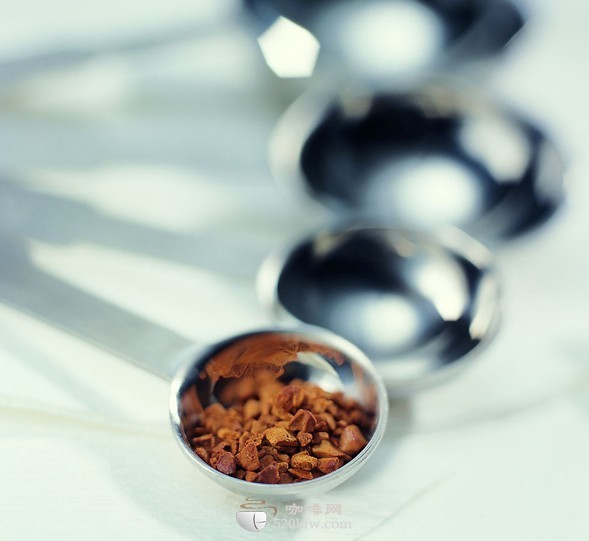Baristas treat baking as a challenge

The entrance of coffee has five flavors: fragrant, sour, bitter, sweet and mellow. In the magical world of bakers, coffee is life.
Coffee roasting is a challenge for coffee roasters, it requires coffee roasters to have great patience, to be highly focused, to listen to the cracking sound of coffee beans, to smell the formation and changes of coffee bean aroma, and to judge the exact color of coffee beans. When the coffee beans are constantly flipped in the baking bin, the roaster uses a sampler to take a small amount of beans out of the baking bin and observe them carefully to decide when to stop baking according to the changes in the shape, color, luster and smell of the coffee beans.
Coffee roasting is an art. A skilled coffee roaster must have an in-depth understanding of the raw beans he wants to roast, taking full account of the natural characteristics of all kinds of coffee. In the process of roasting, the roaster should timely adjust the throttle and firepower of the roaster to control the baking process according to the expectation of coffee before roasting, the set baking curve, the accumulated experience and knowledge.
Timing is important throughout the process of roasting coffee, especially at the end of the baking: when to end baking is an instant decision, a second earlier may fall short; a second later may be wasted.
A coffee roaster is not just a machine operator, he must integrate the skills and skills of artists, scientists and engineers, operate the roaster skillfully, and do his best to roast different coffees to a precise point in time to produce the perfect potential flavor of coffee. The pursuit of excellence is never-ending.
Important Notice :
前街咖啡 FrontStreet Coffee has moved to new addredd:
FrontStreet Coffee Address: 315,Donghua East Road,GuangZhou
Tel:020 38364473
- Prev

Coffee roasting-tools
Coffee is popular mainly because of the aroma formed after roasting and the taste when drinking. The coffee raw bean itself does not have any special taste, it is roasted to completely change and reorganize the substances inside the raw bean to form a new structure, thus bringing out the mellow flavor of the coffee.
- Next

Basic chemical reactions that occur during coffee roasting
Many thermal and chemical reactions take place during baking: decarbonation, dehydration of quinic acid, fragmentation, isomerization, polymerization, and complex sugar reactions (caramelization). The main thermally reactive components are monosaccharides and sucrose, chlorogenic acid, displaced amino acids, and trigonelline amide. Both aravinone and calactose in polysaccharides are transferred, and basic sulfurization contains hydroxyamino acids.
Related
- What is the meaning of lactic acid fermentation with coffee bean treatment?
- How to judge the state of foam by sound?
- How does the latte pull out the unicorn pattern? Come to get for a little trick to improve the flower pull!
- Will flower pulling affect the taste of the latte?
- Do you know the history of coffee?
- The difference between honey treatment and sun washing what is raisin honey treatment?
- What kind of milk can a novice use to make coffee foam to keep the foam longer? The correct method and skills of milking tutorial sharing
- Why do washed coffee beans taste sour? Flavor characteristics of washed Coffee
- Introduction to the skill of how to practice the size and height of water injection around the circle of hand-brewed coffee
- How do beginners practice coffee flower drawing from scratch?

